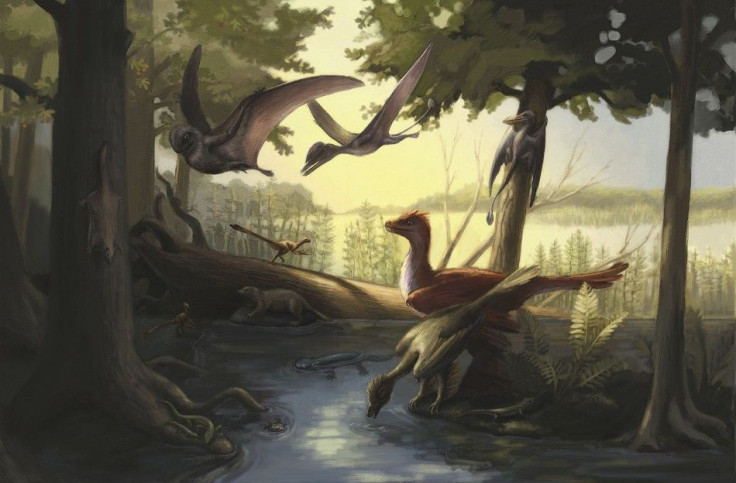Prehistoric Ice Age Fossils Unearthed in Los Angeles Subway

The skull of an ocean lion believed to be two million years old as well as fossils of saber-tooth cats has been unearthed by an exploratory excavation team that's part of preparations for constructing Los Angeles' new subway extension.
The treasure trove yielded mollusks and sand dollars, substantial evidence that could prove the Pacific Ocean waters stretched further inland across the greater Los Angeles area.
"LA's prehistoric past is meeting its subway future," Dave Sotero, spokesman of Los Angeles County Metropolitan Transportation Authority (MTA), said.
Workers conducted the digging 70 feet below the surface of the Wilshire Boulevard location of the city's famous La Brea Tar Pits. The excavation project was needed to test the soil before construction of the subway proceeds.
City leaders had earlier had anticipated paleontological finds might possibly be unearthed in the area because it is close to the Tar Pits where remains of ancient bears, wolves and sabre-tooth tigers were earlier discovered.
But compared to those found at the La Brea tar pits, the recent find were older, at "about 50,000 to 300,000 years old," Kim Scott, Cogstone Resource Management Inc. laboratory director, said.
The fossil discovery at the La Brea tar pits before ranged from about 10,000 to 45,000 years old.
"Here on the Miracle Mile is where the best record of life from the last great ice age in the world is found," Mr Scott said.
"Adorable little sand dollars. Geoducks -- it's a cool water clam, which tells us the water is cold such as you'd see in northern California, Oregon, Washington, Puget Sound, actually," Mr Scott said. "Clams and snails. We've also got Monterey Cypress cones, which tells us the climate here was much like what you'd see in Carmel and the Monterey Peninsula, today."




















